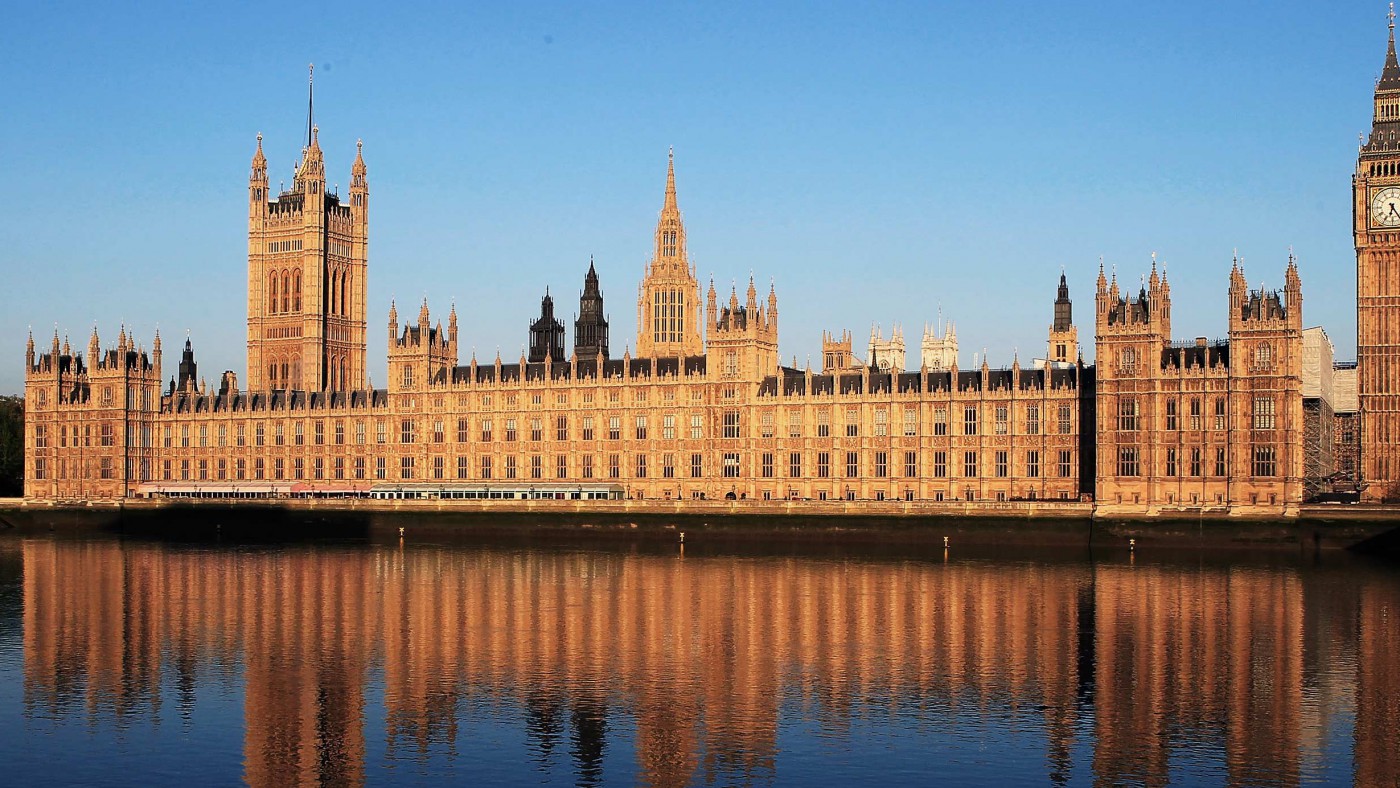There is often little place in politics for principle – unless that principle is one of self-preservation.
For many, if not most, MPs, affairs of state (Brexit, grammar schools etc) took a back seat on Monday afternoon to concerns over their future employment. The Boundary Commission for England has revealed its proposals – matched by similar exercises in Scotland, Wales and Northern Ireland – for the future shape of constituency borders. The details will not become public until Tuesday morning, but MPs were given embargoed access ahead of time.
Already, the headlines are full of the juiciest bits of news: the proposed elimination of the seats held by Jeremy Corbyn in Islington and George Osborne in Cheshire. Already, the howls of rage are being heard at the “Tory stitch-up” which threatens to hand Theresa May a score of extra seats at the stroke of a pen.
It’s fair to say that – allowing for the disgruntlement of individual MPs – it is the Tories who are far happier at this process taking place. As Stephen Bush explains with typical clarity at the New Statesman, the boundary changes will combine with the switch to individual registration to reduce the number of Labour supporters who make it on to the electoral roll (mostly in the form of students) and to render safe Labour seats more marginal.
So it’s not just Corbynites who are going to be upset. Indeed, last time the Government brought forth similar proposals Ed Miliband called them an act of “gerrymandering” (named for Governor Elbridge Gerry’s famous salamander-shaped district)
But with due apologies to the politicians among my readers, there is a higher principle than winning elections – and that is making sure those elections are free and fair.
All elections are, as Anthony Wells of YouGov has pointed out, based on outdated snapshots of the past. The boundaries now in use, introduced in 2010, were derived from the distribution of the British population back in 2000. With every year that passes, they become a worse approximation of the reality.
And the reality is that, by and large, Tory voters are old and rich, Labour voters are young and poor. That means that people tend to move from Labour to Tory as they both age and move up the income curve. They also move physically, leaving poorer Labour areas and moving to more affluent Tory ones, especially in the South-East.
The result is a crunching distortion to our national voting system. More people live in Tory areas, fewer in Labour ones. That means the Tories get fewer seats for every vote: as Wells points out, in 2005 Labour had a lead of 3 per cent in the polls, and got a majority of over 60 seats; in 2010, the Tories had a seven-point lead and no majority.
This isn’t just unfair to the Tory party – it’s unfair to the voters. The idea of “one man, one vote” is that everyone’s vote counts the same. That can only be achieved if we try to make sure that all constituencies are roughly the same size – accepting that there will inevitably be some geographical incongruities (such as the Isle of Wight) and a certain measure of demographic drift.
The new boundary proposals are bound to upset many MPs by making their constituencies more marginal. But that is a feature, not a bug. In America, partisan control of the redistricting process has ensured that fewer and fewer Congressmen face a genuine general election contest: their districts are exquisitely engineered to guarantee continued domination by Republicans or Democrats (usually Republicans).
That means that the only thing that can lose them their job is disappointing their base, and suffering a primary challenge – which drives them to extreme positions of the kind that make government back in Washington functionally impossible.
In Britain, by contrast, the boundaries are drawn by demographers, not political operatives. That means we still have safe seats – but they reflect the reality on the ground, rather than an attempt to tack on this bit of Battersea to that bit of Clapham with a finger stretching into Tooting in an attempt to construct an electoral safe haven for Tory or Labour.
Yet already, we have taken a dangerous step down the road towards politicising this process. The Coalition Agreement in 2010 agreed that there would be a boundary review, and that the number of MPs would be reduced from 650 to 600. (David Cameron presented this as a post-expenses-scandal means of cutting the cost of government, although it does sit oddly with his subsequent creation of dozens of new peers.)
In 2012, however, Nick Clegg decided to block the proposals – which he himself was in charge of pushing through, and which he had declared a “great progressive cause” and the fulfilment of the Chartists’ vision – because he was miffed that the Tories had refused to support his contorted plan to reform the House of Lords. The principle was established that constituency boundaries could be held hostage to party politics.
Now, the whole fight is to begin again. No doubt Theresa May will have to twist arms or ladle out sweeteners in order to reconcile those Tory MPs whose seats are being made more competitive or abolished altogether. And no doubt Labour and the Lib Dems will do everything they can to block the proposals. But she should stand firm. We often call MPs our “elected representatives”. They means that they should not only represent us, but be representative of us. At the moment, they aren’t.


